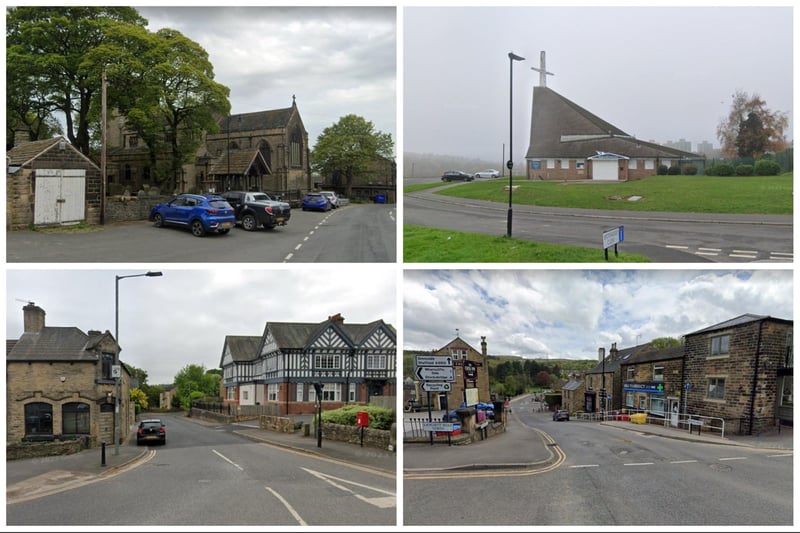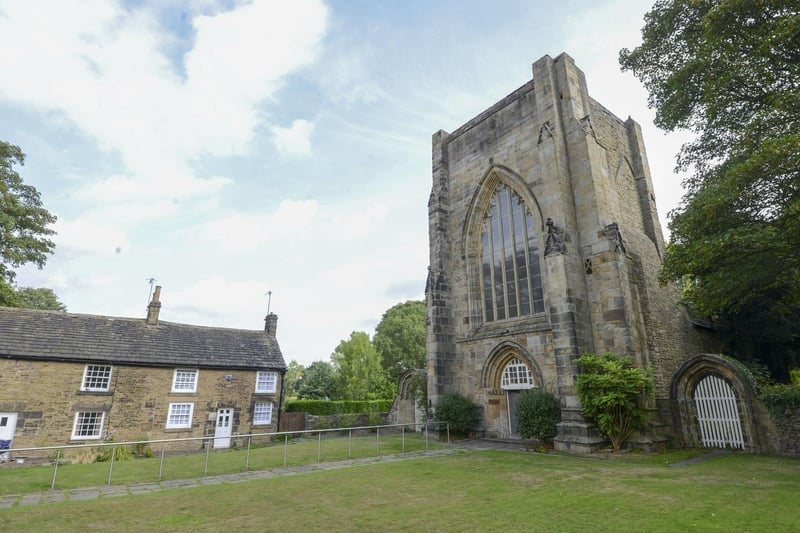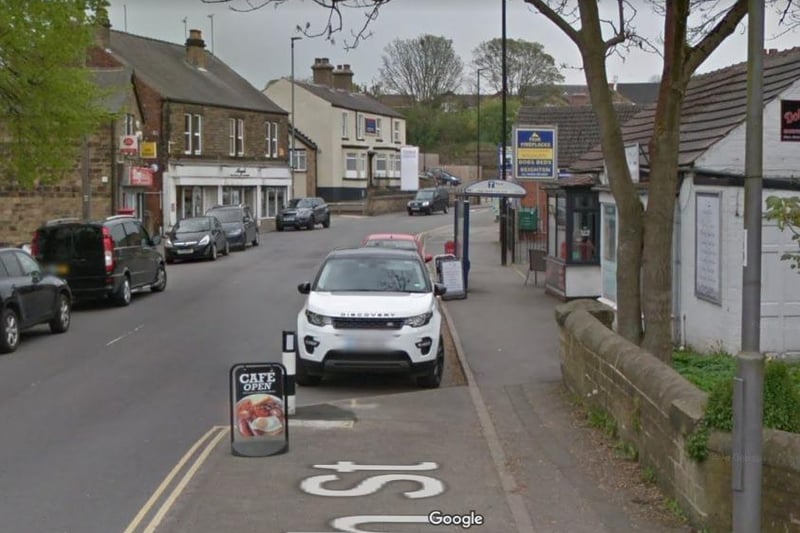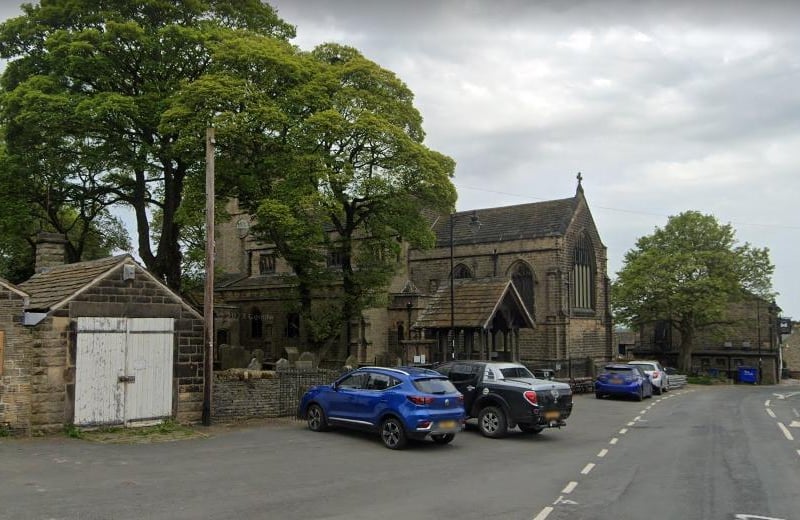They have left traces of their history on the landscape, built environment and local economies – and also in the enduring names given to those places, with some of them coming from bizarre sources.
When it comes to British place names, Anglo-Saxon origins tend to dominate in the south and Scandinavian languages in the north, mixed in with Old British or Celtic terms for natural features such as hills and rivers. Sheffield still shows the influence of all three factors in the names we find today.
Often towns and villages share common endings such as -tun (settlement), -ham (homestead), -feld (farmland), -by (village), -caester (Roman stronghold), -worthig (enclosure), -dun (hill), -halh (nook of land) – but these usually follow a first element which is much harder to define, especially when a personal name is concerned.
The famous Domesday Book – a land survey commissioned by William the Conqueror and completed in 1086 – shows some Sheffield names which have been modernised but otherwise changed very little in all that time.
To understand where they came from, we went looking in sources including the Oxford Dictionary of British Place Names, to put together this gallery.

1. What do these places names mean
We have found the meanings for these 21 Sheffield place names, and while some are beautiful, some of them are pretty grisly Photo: Google

2. Beauchief
Beauchief: Recorded in the 12th century as Beuchef. It means beautiful headland or hill Photo: Scott Merrylees

3. Beighton
Beighton: Recorded as Bectune in 1002 and 1086. Meaning is farmstead by the stream Photo: Google

4. Bolsterstone
Bolsterstone: Recorded in 1398 as Bolstyrston. The meaning is Stone on which criminals are beheaded. Photo: Google streetview
